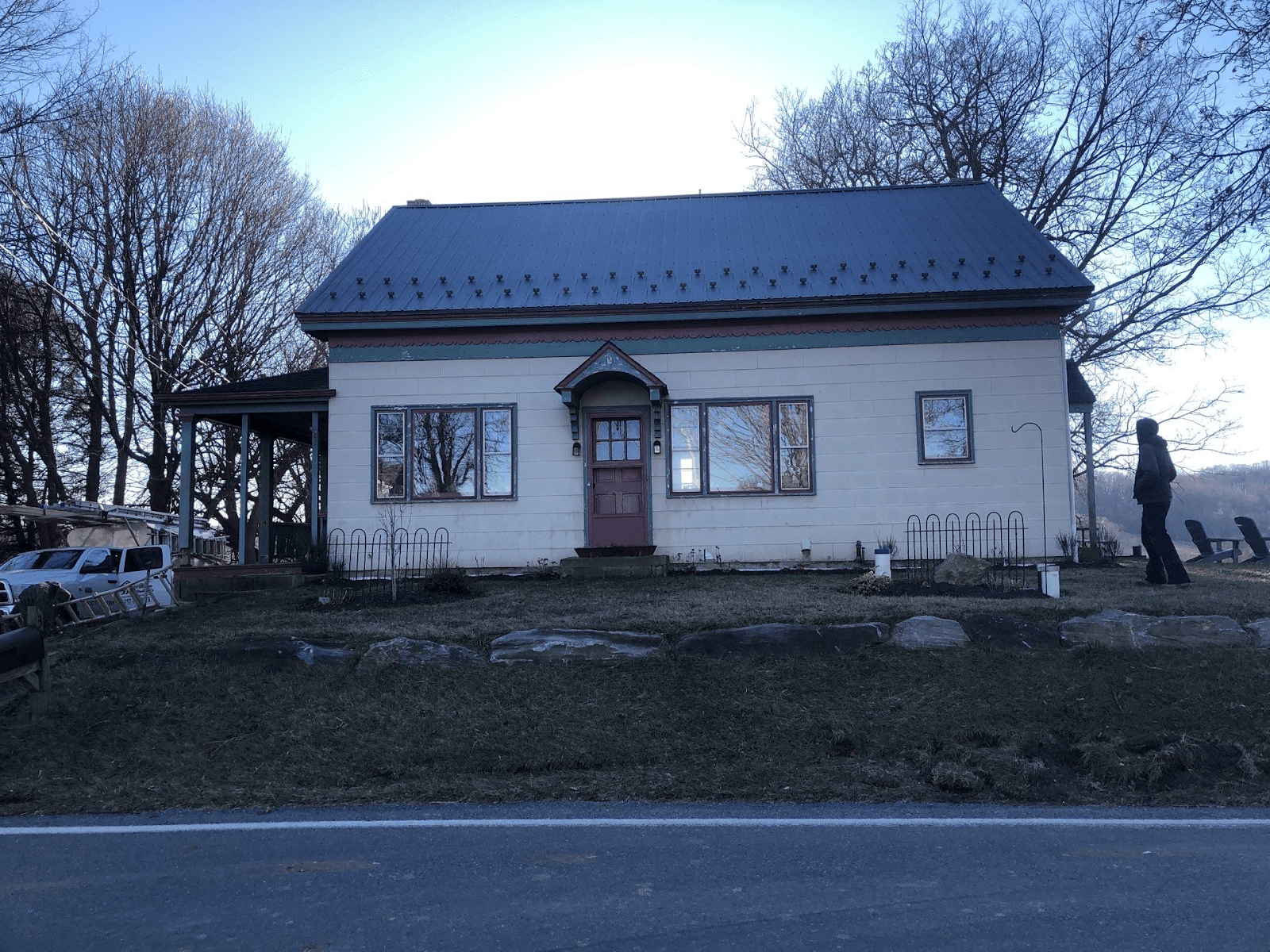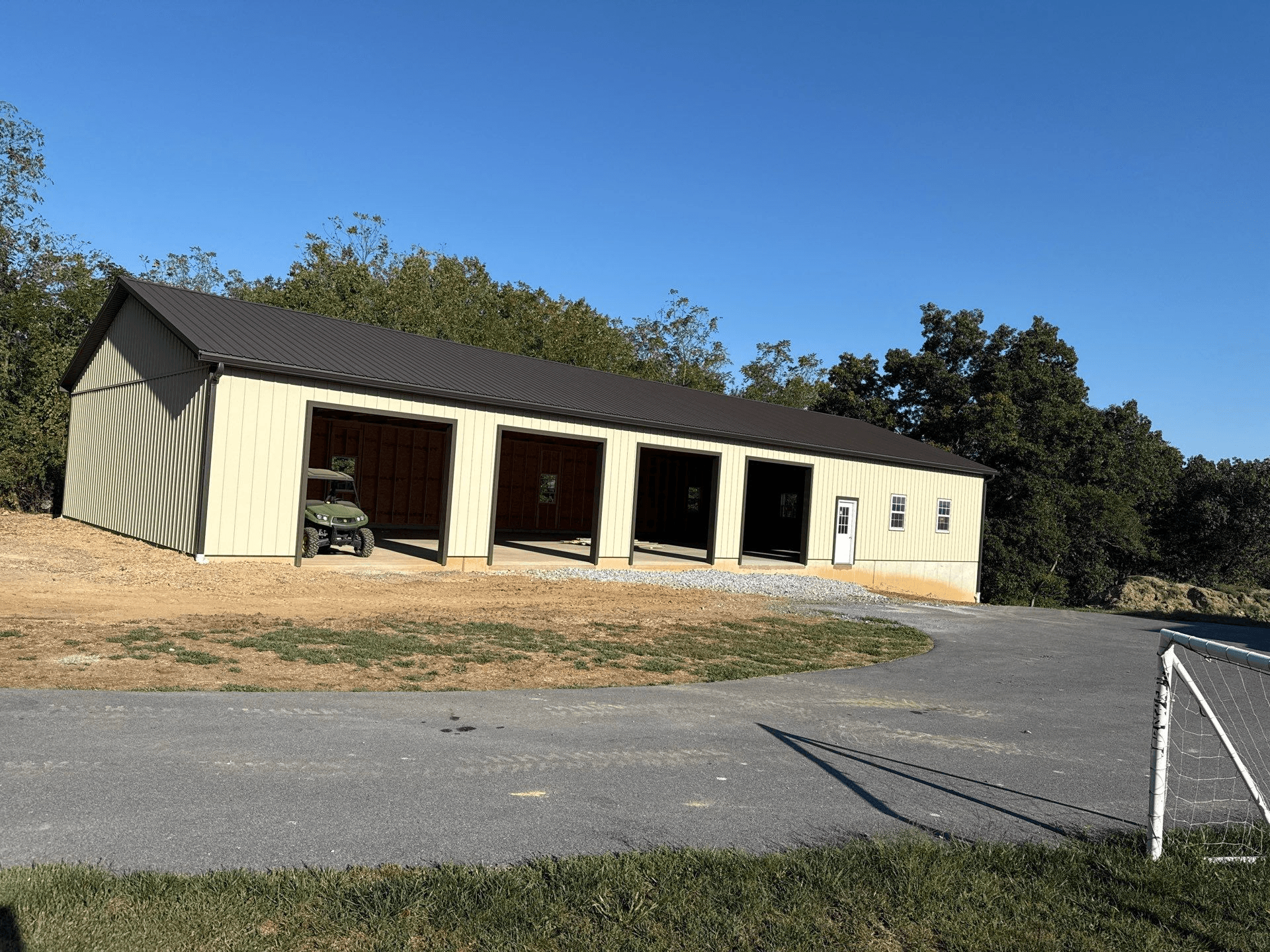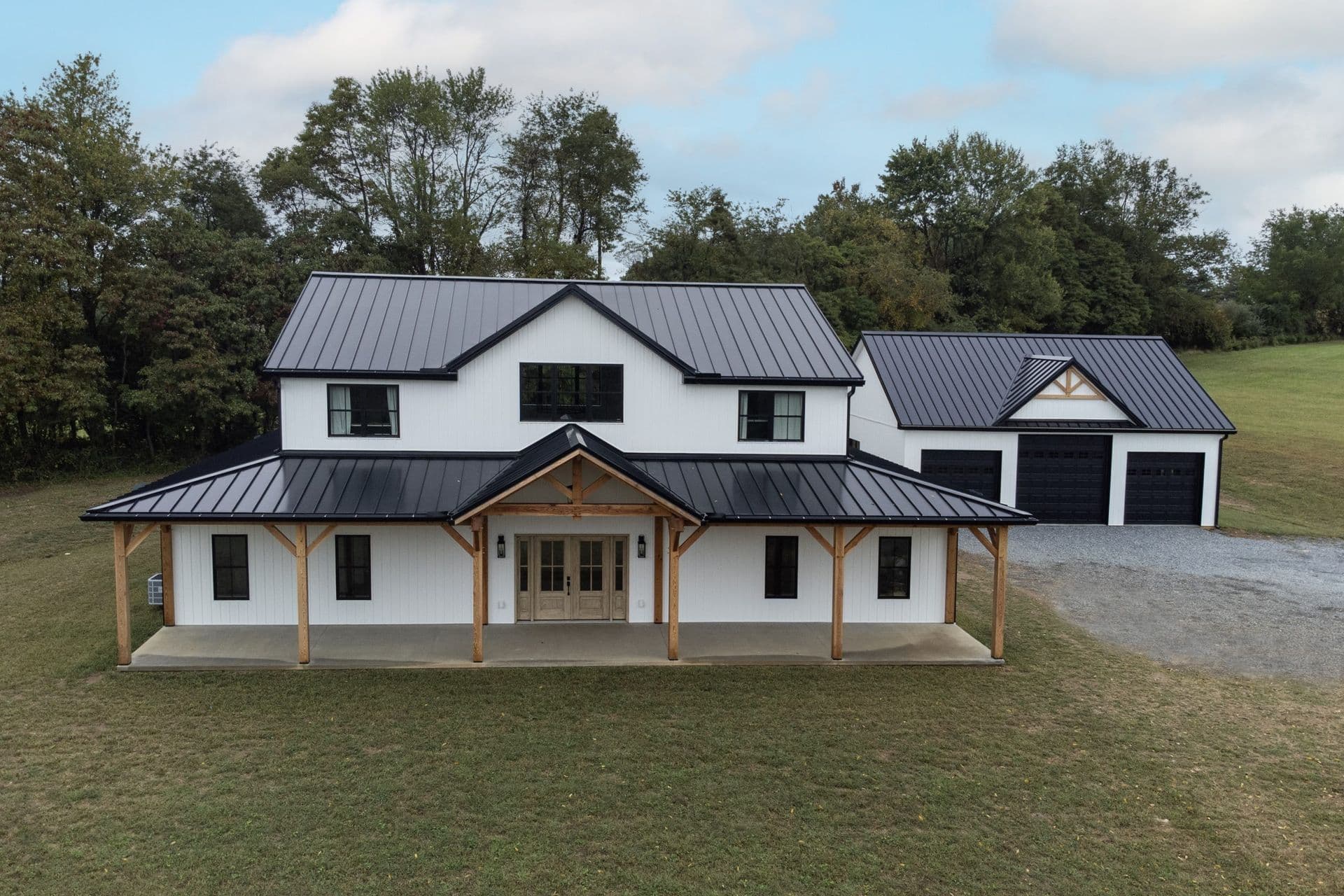
How to Plan the Perfect Post Frame Builder for Your Property
Do you dream of a perfect workshop, barn, or custom home but feel stuck when you look at traditional post frame construction methods?
The process can feel like solving a complex puzzle when you weigh different building approaches while balancing costs and priorities. JJ's Builders’ hands-on experience as custom builders shows how post frame construction gives property owners a practical mix of durability, flexibility, and value.
Table Of Contents
- Understanding Post Frame Construction and Why It Matters
- Planning Your Build – What to Know Before You Start
- Working with a Builder – What to Expect and Ask
- Budgeting and Customization – Making It Work for You
- FAQs
Post frame construction stands out because of its innovative structural support approach. The buildings use deeply embedded posts to create a reliable framework instead of traditional foundations. You’ll see faster construction times and usually lower costs compared to conventional building methods.
When we think about your project – from a simple storage building to a fully customized home – knowing the basics of post frame construction will help you make smart decisions. This piece walks you through the essential details about planning, designing, and building your post frame project.

Understanding Post Frame Construction and Why It Matters
Post frame construction serves as the foundation for many rural and commercial buildings throughout America. Property owners don’t fully grasp what makes this building method work so well. Our Lancaster County office gets questions about the unique aspects of this construction technique.
What is post frame construction, really?
The core concept uses large posts spaced far apart. These posts embed into the ground or attach to concrete foundations to create the main structural framework. Horizontal girts and trusses connect to these posts and create the building’s skeleton. This method stands out from conventional approaches that need closely spaced wall studs. Post frame buildings distribute weight through these sturdy posts placed at specific intervals.
This approach shines through its simplicity and strength. The design needs fewer structural elements to create large, open interior spaces without load-bearing walls. Post frame buildings adapt well to many uses. They work great for simple utility structures, custom homes or what people now call “barndominiums.”
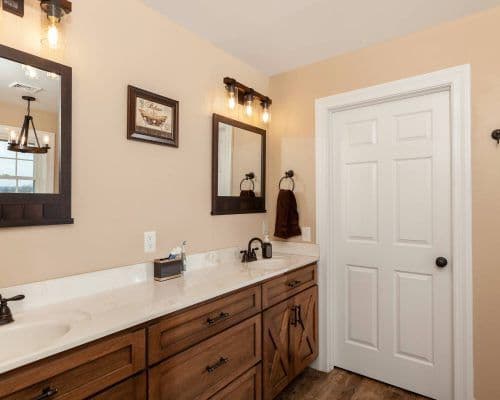
How it is different from stick-built methods
Traditional stick-built construction needs many 2×4 or 2×6 wall studs. These studs sit 16-24 inches apart on a continuous foundation. Post frame buildings use substantial posts (often 6×6 or larger) placed 8-12 feet apart.
This basic difference creates several benefits:
The post frame needs nowhere near as much lumber and foundation work. This cuts down both material costs and labor time. The posts can go straight into the ground or attach to concrete piers. You won’t need continuous foundation walls, which makes site preparation easier.
The wider gaps between structural elements create better insulation opportunities. Our post frame buildings achieve excellent energy efficiency because there’s less thermal bridging from closely spaced studs.
Why more property owners are choosing this method
Post frame construction keeps growing in popularity. People choose it because it’s economical. Less material and faster building time lead to direct savings.
The design flexibility can’t be matched. Open interiors allow creative floor plans without worrying about load-bearing walls. These structures adapt to any need, from big workshop spaces to multi-purpose buildings.
Durability gives another big advantage. Our clients tell us their post frame buildings last for decades with little maintenance. The sturdy structural system handles heavy snow loads and high winds really well.
Building speed often amazes first-time clients. Michael Jedd saw this firsthand after we finished his 60×100′ pole barn. He noted our crew was “swift, efficient, and detail-oriented.” We complete projects much faster than conventional construction methods.
Planning Your Build – What to Know Before You Start
Your post frame building project’s success starts with proper planning before the first post goes into the ground. Our years of experience show that good preparation prevents projects from getting pricey and makes construction run smoothly. Want to map out your project? Let’s walk through the essential planning steps.
How to choose the right location and layout
The perfect spot for your property needs careful thought. Start by checking drainage patterns – water should flow away from your structure, not toward it. Bad drainage can weaken posts and create future moisture problems.
Think about access next. Do you need regular vehicle access? Make sure vehicles can enter and exit easily. Larger equipment needs wider access routes.
The sun’s position plays a big role. Workshop or residential buildings with windows placed to catch natural light can cut energy costs. You should also look for windbreaks if your area gets strong winds.
What goes into post frame construction plans
Good post frame construction plans need several core elements. Your drawings should show:
- Post spacing and dimensions
- Truss design and loading specifications
- Door and window placement
- Roofing materials and pitch
- Foundation details
Your plans should also cover electrical needs, insulation specs, and interior finishes where needed. A detailed plan helps avoid mid-construction changes that eat into your budget.
The planning stage shapes your cost decisions. Your roof pitch, building size, and material choices will affect your total budget by a lot. Start with your maximum budget and focus on structural elements first. You can add esthetic features later.
Permits, zoning, and other early steps
Local regulations need attention before you break ground. Your township or county office can tell you about:
- Zoning rules that limit building size or usage
- Required distance from property lines
- Height limits that could change your design
Most permit applications need final plans and come with fees based on project size. These rules help ensure safety and compliance with local building codes.
Utility planning matters at this stage. Will you need water, power, or septic hookups? Talk to utility companies early about service options and costs for your location.

Expert post frame builders who know local conditions and requirements can guide your planning process. Their knowledge helps spot potential issues before they turn into expensive problems.
Working with a Builder – What to Expect and Ask
Your post frame project’s success depends on picking the right builder. The builder’s expertise matters more than the materials used. You need someone who can understand and execute your vision perfectly.
How to find a post frame construction specialist
You must do your homework to find a qualified post frame builder. Start by looking for contractors who specialize in post frame methods rather than general construction. Take time to review their completed project portfolios, especially ones that match what you imagine.
Quality craftsmanship shows in client reviews.
To cite an instance, one client shared: “Jonathan and his crew were swift, efficient, and detail oriented in the recent construction of our 60×100′ pole barn. They were open to mid-construction add-ons.” These testimonials show their flexibility and expertise.
We focused on builders who back their work with warranties.

A reputable company stands behind their work—our company provides a 5-Year Workmanship Warranty because we trust our construction methods.
Questions to ask before signing a contract
Ask these vital questions before you commit to a builder:
- What type of warranty do you offer?
- Can you provide references from similar projects?
- What’s your timeline for completion?
- How do you handle mid-project modifications?
- What materials do you use, and why?
The payment schedules and handling of unexpected issues need discussion. Quality builders explain their processes clearly and address your concerns.
How we help clients customize their builds
Understanding your needs starts the customization process. We begin with a phone consultation about your vision, followed by an in-person meeting when needed.
Our team delivers exceptional quality through customization options from start to finish.
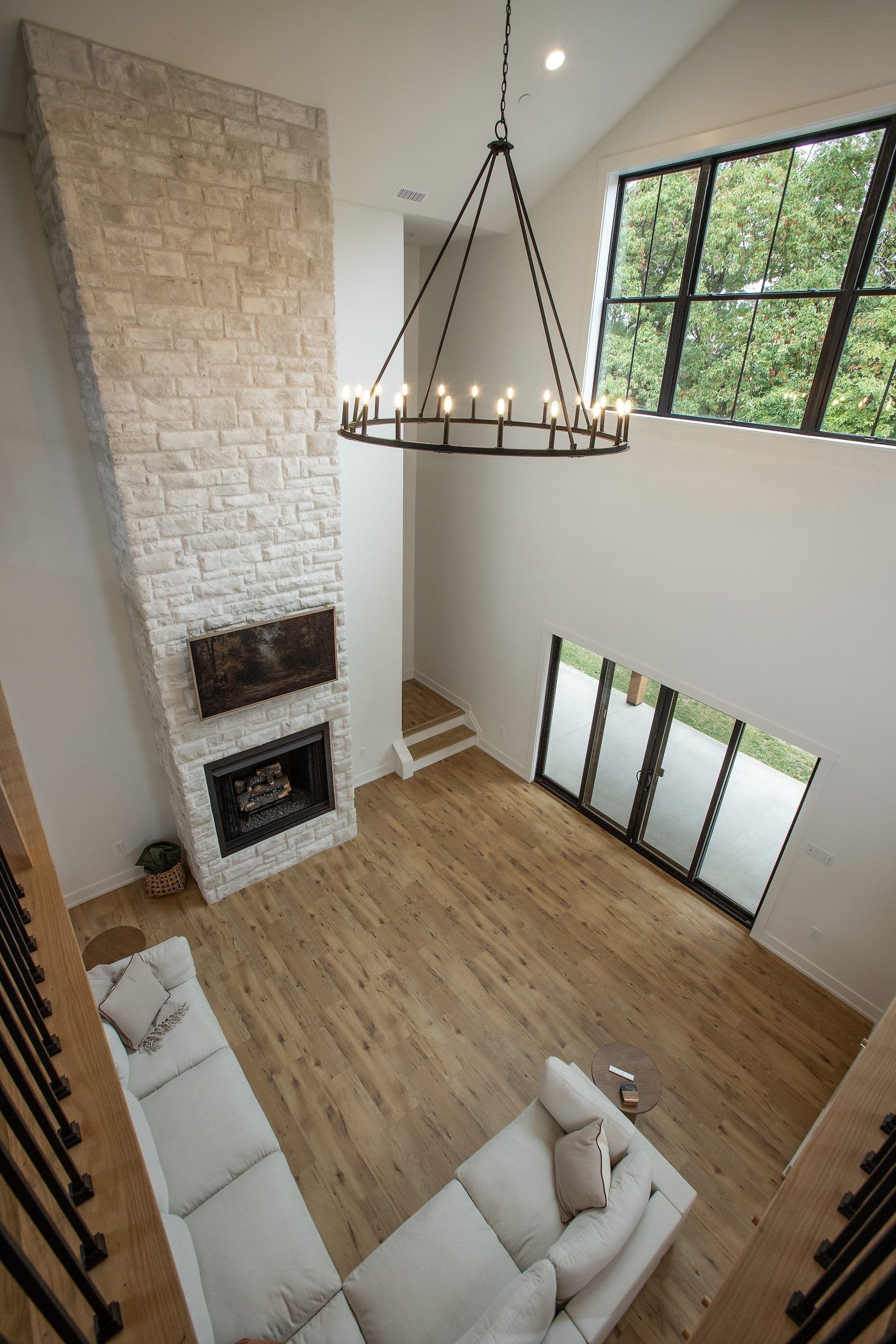
Experienced builders can adapt standard post frame techniques to match your specific needs, whether you want special door placements, interior layouts, or custom exterior finishes.
The team’s flexibility stands out. A client mentioned we were “open to mid-construction add-ons,” which shows our adaptability throughout the building process. This approach will give a final structure that matches your vision perfectly, even as plans evolve.
Budgeting and Customization – Making It Work for You
The financial aspects of your post frame project are just as vital as the design itself. My years in construction have taught me that good budgeting makes all the difference between a stressful build and a smooth one.
What affects post frame construction cost
Your post frame building’s final price tag depends on several key factors. The size and height of your structure directly determines how much material you’ll need. Your choice of foundation—whether simple post-in-ground or concrete piers—substantially affects both labor and material costs.
Interior finishes are maybe even the most variable cost component. A simple workshop needs minimal finishing, while a fully equipped barndominium with living spaces requires much more investment.
Your location matters too. Site preparation costs vary based on terrain. Flat, available sites cost less to develop than sloped or heavily wooded areas.
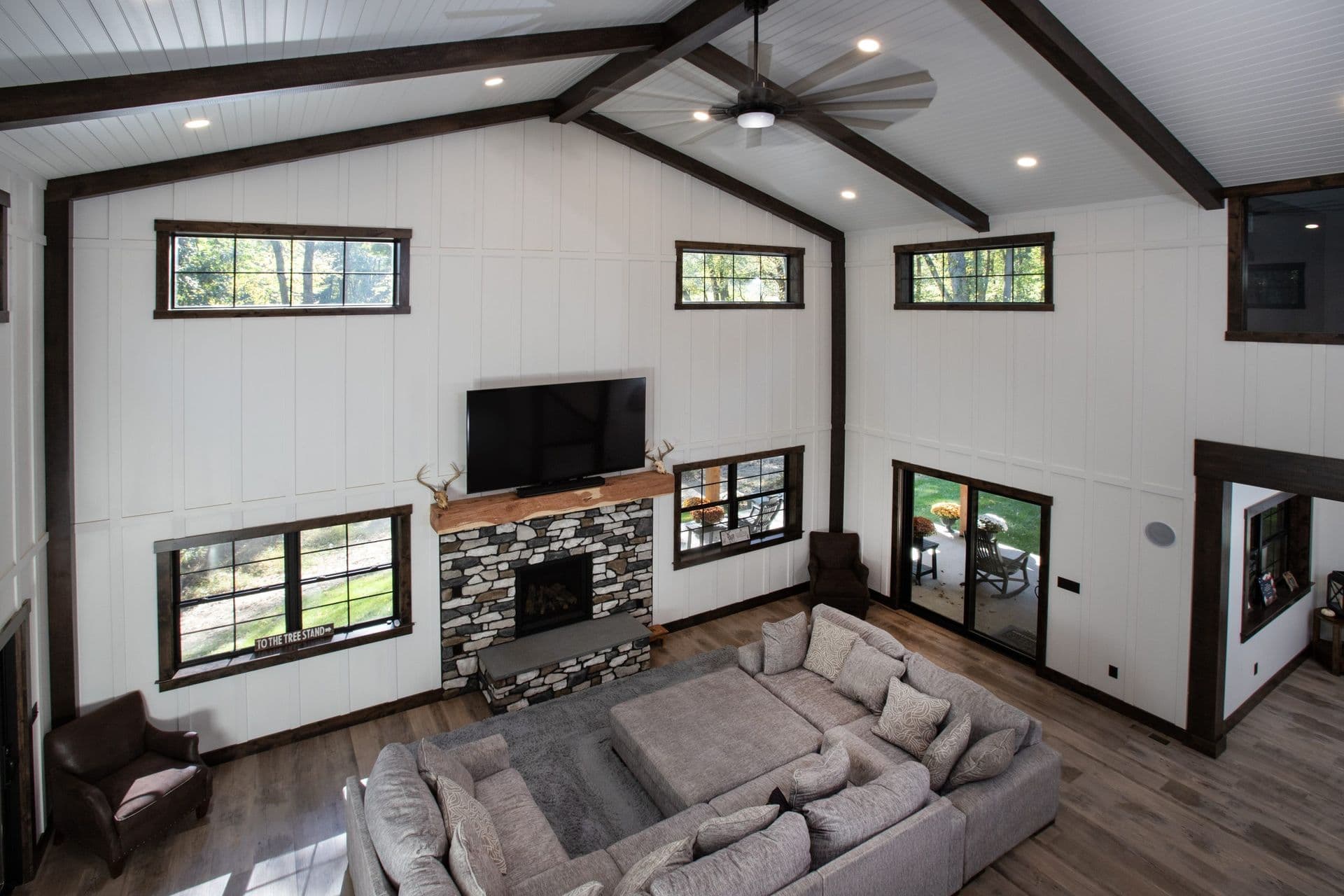
How to balance budget with long-term value
Quality investments in the right places create the best long-term value. Here’s what I recommend:
- Put more money into structural elements that you can’t easily upgrade later
- Pick higher-quality roofing materials to avoid repairs that can get pricey
- Put money into proper insulation to save on energy costs
- Think about future needs when sizing your building
The best approach is to focus on elements that affect structural integrity and weather protection rather than purely esthetic features you can add later.
Popular customization options
Post frame construction gives you plenty of room to customize. Here are some popular features people ask for:
Overhead doors that fit equipment or vehicles are often placed strategically to optimize workflow. On top of that, specially designed entryways with canopies or porches blend function with visual appeal.
Interior layouts range from open spaces to complex room setups. Many clients want custom storage solutions built right into the structure.
The exterior options are just as varied—from different siding materials to decorative cupolas or weather vanes. These finishing touches reshape a simple structure into something uniquely yours.
FAQs
Q1. What are the main advantages of post frame construction?
Post frame construction offers several benefits, including faster construction times, lower costs, excellent energy efficiency, and greater design flexibility. The method uses fewer materials, allows for larger open spaces, and provides superior durability against weather conditions.
Q2. How does post frame construction differ from traditional building methods?
Post frame construction uses large posts spaced 8-12 feet apart, while traditional methods rely on closely spaced wall studs. This results in less lumber usage, simpler foundations, and better insulation opportunities. Post frame buildings also offer more open interior spaces and faster construction times.
Q3. What should I consider when planning a post frame building?
Key considerations include choosing the right location with proper drainage and accessibility, creating comprehensive construction plans, and understanding local zoning requirements and building codes. It’s also important to plan for utilities and consult with experienced post frame builders early in the process.
Q4. How do I find a reliable post frame construction specialist?
Look for contractors with specific experience in post frame methods, review their portfolios of completed projects, and check client testimonials. Ask about warranties, timelines, and how they handle modifications. Choose a builder who offers clear communication and stands behind their work with a workmanship warranty.
Q5. What factors affect the cost of a post frame building?
The size and height of the structure, foundation type, interior finishes, and site preparation all impact the final cost. Additionally, customization options like large overhead doors, special entryways, and exterior finishes can affect the price. It’s important to balance budget considerations with long-term value when making decisions about materials and features.
Build With Confidence
→ Master Post Frame Construction with Step-by-Step Guidance for Property Owners
→ Trusted Techniques for Durable, Cost-Effective Builds
→ Plan, Build, and Maintain with Expert Tips Every Step of the Way
Recommended by 500+ Owners Who’ve Transformed Their Properties
Related Articles:
Ready to Build? Here’s How to Prep Like a Pro
When Disaster Strikes: How Construction Businesses Rally to Rebuild Homes & Lives
Ready to start your next custom build?
Recent Posts
When it comes to designing your dream barndo, custom home, garage, or post-frame structure, one...
Metal roofing has become the top choice for Lancaster County homeowners and farmers. Traditional asphalt...
Why do property owners choose pole barns as their go-to construction option? Space constraints and...
The first step is a phone consultation.
If needed, we will meet with you in person as well!


Contact Us

Monday-Friday 8:00 am - 4:30 pm


